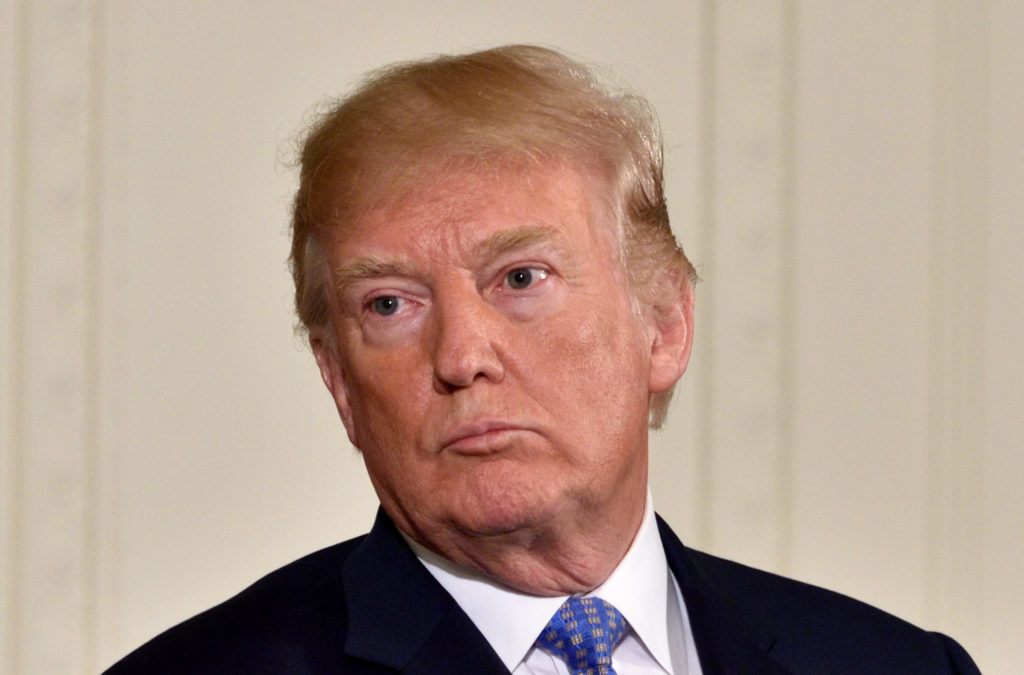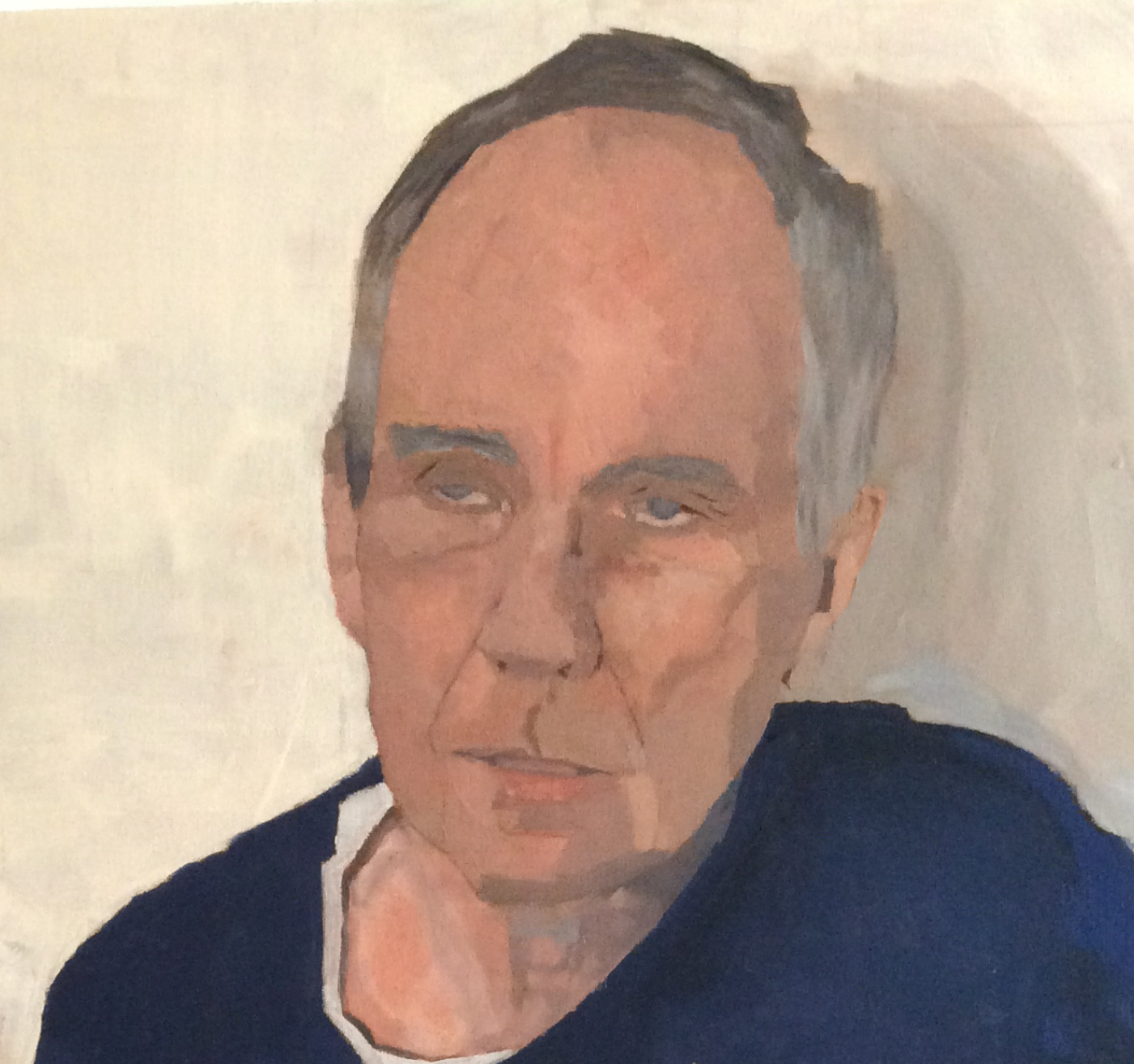Get ready for a brutal spike in coronavirus deaths

It’s a common fallacy to say all statistics lie. Statistics don’t lie, people who know how to deliberately misconstrue statistics sometimes do. It’s understandable human nature to say, for instance, “all politicians are corrupt.” They are not, and to suggest they are is to risk falling for the common error that one politician is as bad as another.
It doesn’t apply any more than the notion that one neighbor is as bad as another, or one boss, or one employee, or one gardener is as bad as another. It’s this lazy and dangerous and irresponsible kind of mental shortcut that gave us Donald Trump in the first place. One has to be careful if one is to be accurate.
Even so, when we look at the statistics governing coronavirus, enigmas emerge that defy the intuitive. So it’s a reasonable question to ask, if the number of coronavirus cases are increasing, positivity rate is increasing, hospitalizations are increasing, why is the death rate staying flat or even decreasing? While that’s a very good thing on its face and cause for cautious relief, it ought to make you nervous. Such paradoxes don’t seem sustainable.
And indeed they are not. Naturally, many armchair hypotheses have been advanced on the internet to answer the question, and some of them seem very strong at first glance. That we’re getting better at treatment, or more young people are getting it and they have a well-known capacity to survive it, are two possible explanations. Even Donald Trump’s notion that “we’re testing more people” has some merit, in that the revelation that there are far more cases out there than we thought might suggest that the COVID-19 mortality rate is significantly lower than we originally thought.
Tempting as it may be to accept these as explanations, while some even have merit in accounting for a small percentage of statistical noise, they are all wrong. And I’m sorry to say that the truth is grave indeed.
This apparent decline in the coronavirus death rate is down to a statistical phenomenon known as Simpson’s paradox. Simpson’s paradox occurs when a trend appears in several different groups of data but disappears or reverses when these groups are combined. The problem with our attempting to make sense of the coronavirus data in the United States is we are treating it as one outbreak instead of what it actually is, many different outbreaks.
The numerous outbreaks in the United States are happening rapidly and all over but at widely varying stages because of widely varying starting points. The coronavirus deaths are therefore not flattening nor decreasing; they are gathering like a huge wave that is going to hit America with a colossal number of COVID deaths in the next six to eight weeks. I’m sorry to say this, but those are what the numbers say and numbers don’t lie.
Meanwhile Donald Trump is sending out his spokespeople to lie about coronavirus and gaslight the American people. The latest Trump shill is Peter Navarro, explaining that coronavirus was created in a Chinese lab and that “hundreds of thousands of infected people” were then sent to America and Italy and other places to spread the infection. It’s bad enough that another great tragedy is coming, but that the man who is supposed to be protecting the American people from harm is instead placing them in harm’s way with cowardly, virulent lies.
This is why the coming wave of death will come to America. Had Hillary Clinton become President of the United States, right now America would be leading the world, not in coronavirus deaths per capita, but in the smallest infection rates. Because Hillary believes in science, Trump doesn’t, and she warned us repeatedly about him.
Again, all politicians are not the same, and statistics don’t lie. This has been one of a million reasons why Donald Trump must go in November. And, as ever, ladies and gentlemen, brothers and sisters, comrades and friends, stay safe.

Robert Harrington is an American expat living in Britain. He is a portrait painter.
